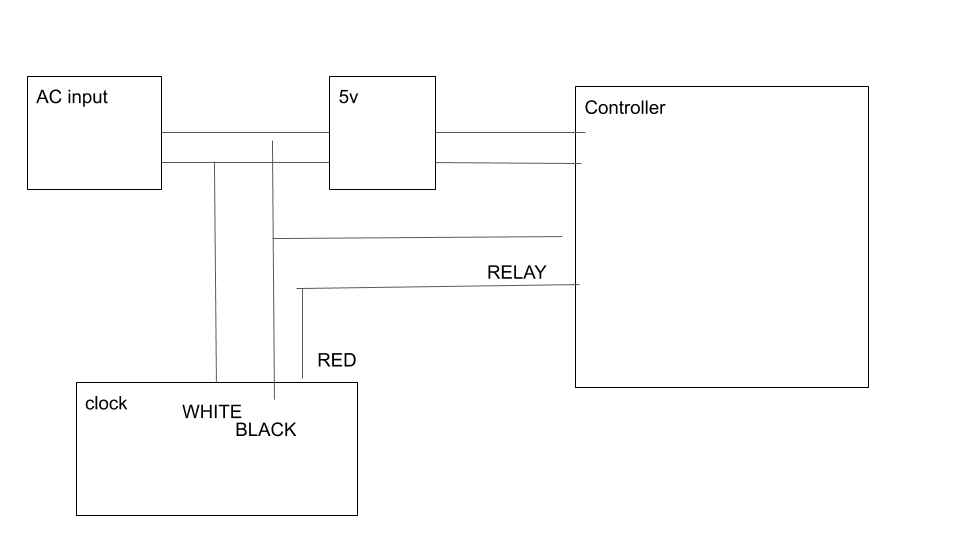Atomic clocks sync to the radio signals from Colorado which, depending on distance and location can be pretty dicey. Amazon makes a wall clock that syncs to internet time via bluetooth to Alexa, but it's limited.I wanted a wall clock that synced based on Wifi and was inspired by a similar project using an NodeMCU ESP32 board and some motor drivers.This project is even simpler, using a simple LCTech board that includes a relay controlled by serial commands from an attached ESP8266 on an ESP-01 board.
Programming the ESP-01 is done by detaching it from the LCTech board and putting it onto a "USB serial programmer" board, then load up the Arduino IDE and burn the code!
The Simplex clock that I used is a model 5745 which I purchased on ebay for $50 (including shipping) which uses a "clutch magnet" at 120V to sync the clock (minutes synced every hour, and hour synced at 6AM and 6PM). So three wires are provided to the clock -- line voltage and the clutch signal.Some other Simplex clocks (and other slave clocks) use an "impulse" signal -- a high frequency signal applied to the AC line wiring of the clock.
Still other clocks have a clutch system, but at 24VAC. Since mine was 120V, I only needed a power supply that provided the LCTech board power (5VDC).








Comments
Please log in or sign up to comment.